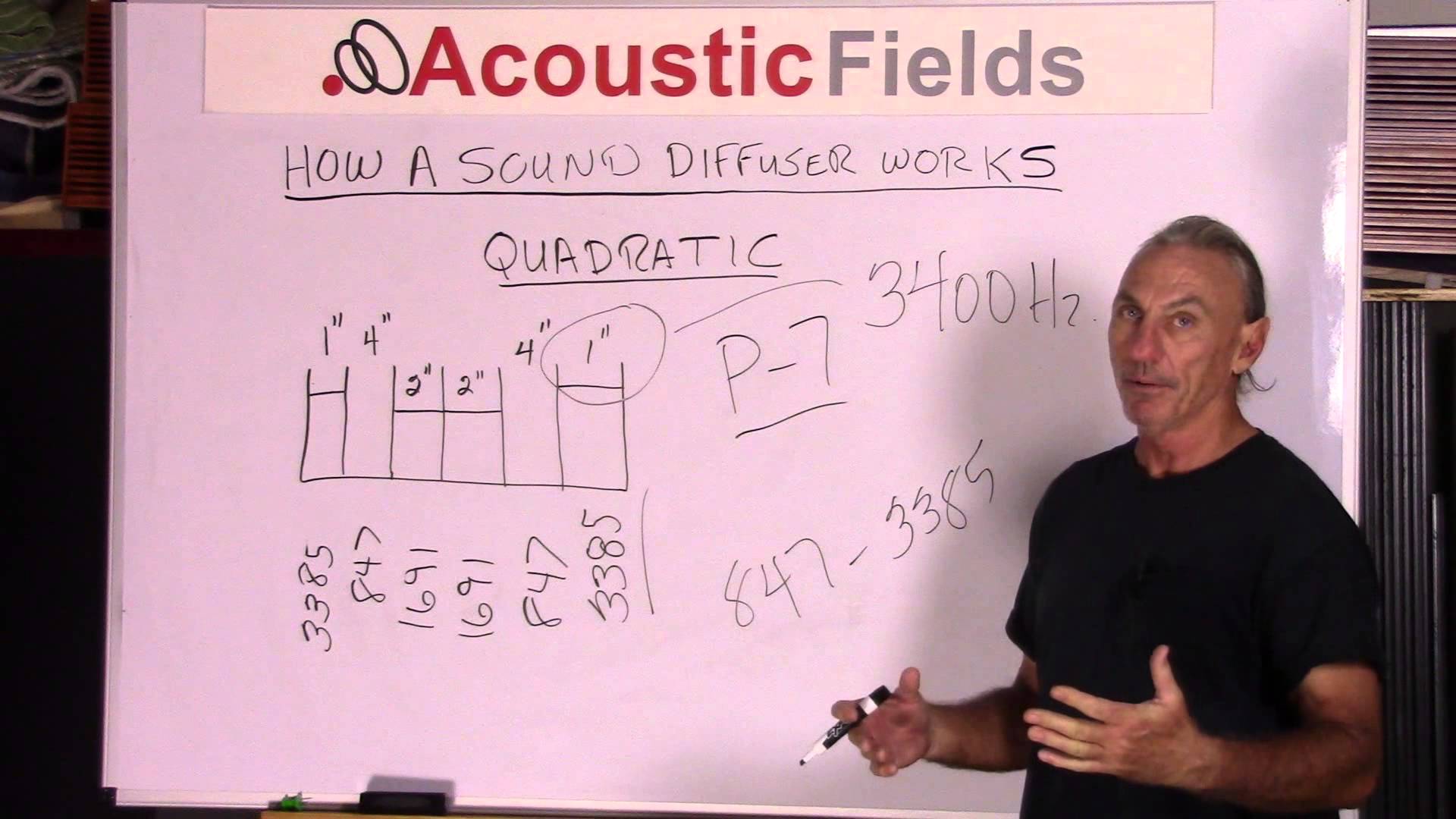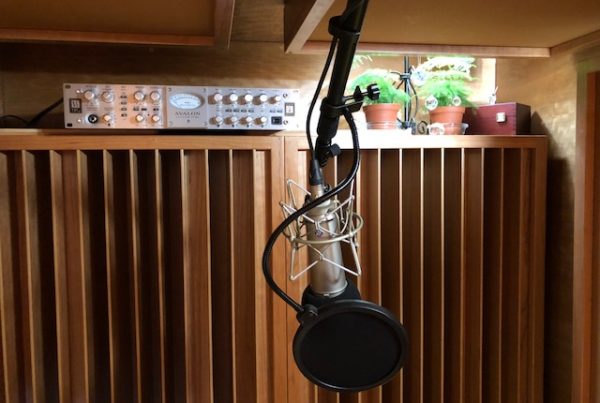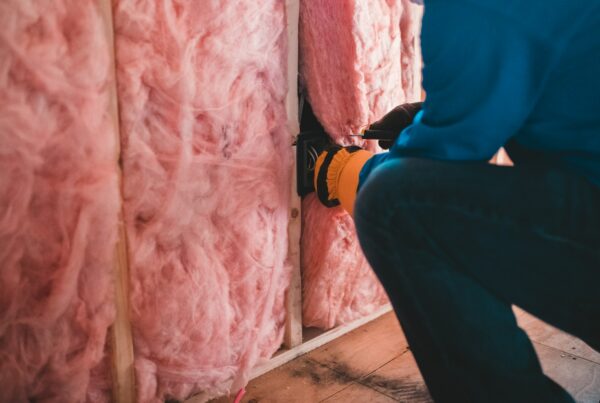Diffusion Vs Reflection – Let the battle of understanding commence. Sound is either diffused, reflected, or absorbed. Reflections are a given in the acoustic equation of small rooms and are managed through the use of absorption or diffusion technologies. Adding devices that increase reflection issues are unwanted in any acoustical environments that I am familiar with. We seek to manage and minimize reflections, not produce more.
This video on how sound diffusers work may help at this point.
Diffusion takes the reflection that is headed for the room surface and interrupts its course of action. Instead of letting the reflection strike the surface, where it is free to then proceed almost anywhere to cause more acoustical havoc, it strikes the diffuser. Once “inside” the diffuser, it is broken down into a series of frequency based “reflections” that are not reduced in time or amplitude.
And this video on managing reflections is also useful at this point.
It takes this new energy field and spreads it out in a fan like array depending on the position of the diffuser on the wall surface. A vertically placed quadratic diffuser diffuses sound in a horizontal, fan like array. A horizontally placed quadratic, diffuses sound in a vertical array, thus providing two out of a possible three sound fields. This diffusion process provides a non localized sound at the listening position and psycho acoustically fools our brains into thinking that there is no surface there, so room “sounds” larger.
In Summary
If you would like to learn more about room acoustics, please feel free to download my free ebook and training videos here.
Thanks
Dennis








Hello, I currently have a room of 300cm x 400cm x 300cm – wooden floor, plaster on brick walls, and plasterboard on battons ceiling. This room is intended as a mixing suite. My goal is to achieve as even distribution of modes as possible, an even frequency response and a suitable RT60 for monitoring. I’ve read plenty of material on what materials to use, what works and what doesn’t etc. But my main uncertainty is regarding the POSITIONING of acoustic treatment such as bass traps, acoustic foam, diffusers etc.
I would be hugely appreciative to hear you’re advice on this and look forward to your reply.
Thanks,
Richard Dobinson
Hi Richard, I will need more information to assist you. Please fill out the information in this link: https://www.acousticfields.com/free-room-analysis/